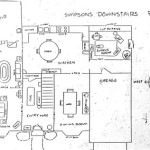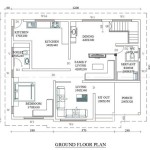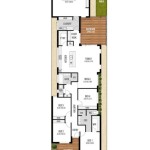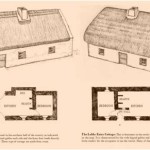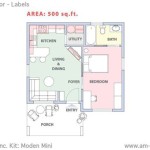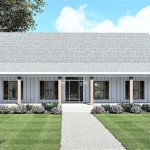Tiny Houses On Stilts: Essential Aspects To Consider
Tiny houses on stilts are a unique and practical housing option that offers numerous advantages, including elevated views, protection from flooding, and additional storage space. If you're considering building or purchasing a tiny house on stilts, here are some essential aspects to keep in mind:
1. Foundation and Structure:
The foundation of your tiny house on stilts is crucial for its stability and longevity. Typically, stilt houses use concrete piers or screw piles driven into the ground to support the structure. The stilts should be spaced evenly and provide adequate support for the weight of the house. The framing of the house is typically constructed using wood or steel, with additional bracing to withstand wind and seismic forces.
2. Height and Access:
The height of your stilt house will determine the views and the amount of additional storage space you have beneath the house. However, it's important to consider accessibility and local building codes. You may need to incorporate stairs or a ladder for access to the house, and the height should comply with local regulations.
3. Ventilation and Moisture Control:
Stilt houses require special attention to ventilation and moisture control. The elevated position can create airflow challenges, so it's essential to incorporate vents and windows to promote proper air circulation. Additionally, moisture accumulation beneath the house can lead to rot and structural damage. Install vapor barriers, drainage systems, and consider using moisture-resistant materials for the underside of the house.
4. Utilities and Services:
Connecting utilities and services to your tiny house on stilts can be more complex than with traditional houses. You will need to consider how to bring in electricity, water, sewage, and any other necessary services. Access to utilities may require trenching or overhead lines, and you should plan accordingly.
5. Insurance and Maintenance:
Insurance for tiny houses on stilts may differ from standard homeowners insurance policies. It's important to discuss your specific needs with an insurance provider. Regular maintenance is also essential to ensure the longevity of your stilt house. Inspect the stilts and foundation regularly for any signs of damage or corrosion. Additionally, check for leaks, moisture accumulation, and any structural issues that may arise.
6. Aesthetics and Customization:
Tiny houses on stilts offer unique opportunities for customization and design. You can choose from various materials and styles for the exterior and interior to suit your preferences. The elevated position allows for creative window placements, balconies, and decks to enhance the living experience and maximize views.
7. Local Regulations and Permits:
Before building or purchasing a tiny house on stilts, research local building codes and zoning regulations. Some areas may have restrictions or specific requirements for this type of housing. Obtaining the necessary permits and approvals is essential to ensure compliance and avoid any legal issues.
Tiny houses on stilts are an innovative and space-saving housing option that combines the advantages of elevated living with the efficiency of tiny house design. By considering these essential aspects, you can create a safe, functional, and personalized tiny house on stilts that meets your needs and aspirations.

Tiny House Plan On Stilts 44180td Architectural Designs Plans

Family S 576 Sq Ft Stilt Beach House

Small Cottage Design Tiny Beach House On Stilts

Lofty Design Ideas For Tiny Homes On Stilts The Life

Elevated Tiny House Plans

House On Stilts Stilt Plans Beach

Home Plan Ch464

Stunning Tiny House On The Eau Claire River

Beach Stilt House For Tiny Living 44189td Architectural Designs Plans

Tiny House Company S Homes

